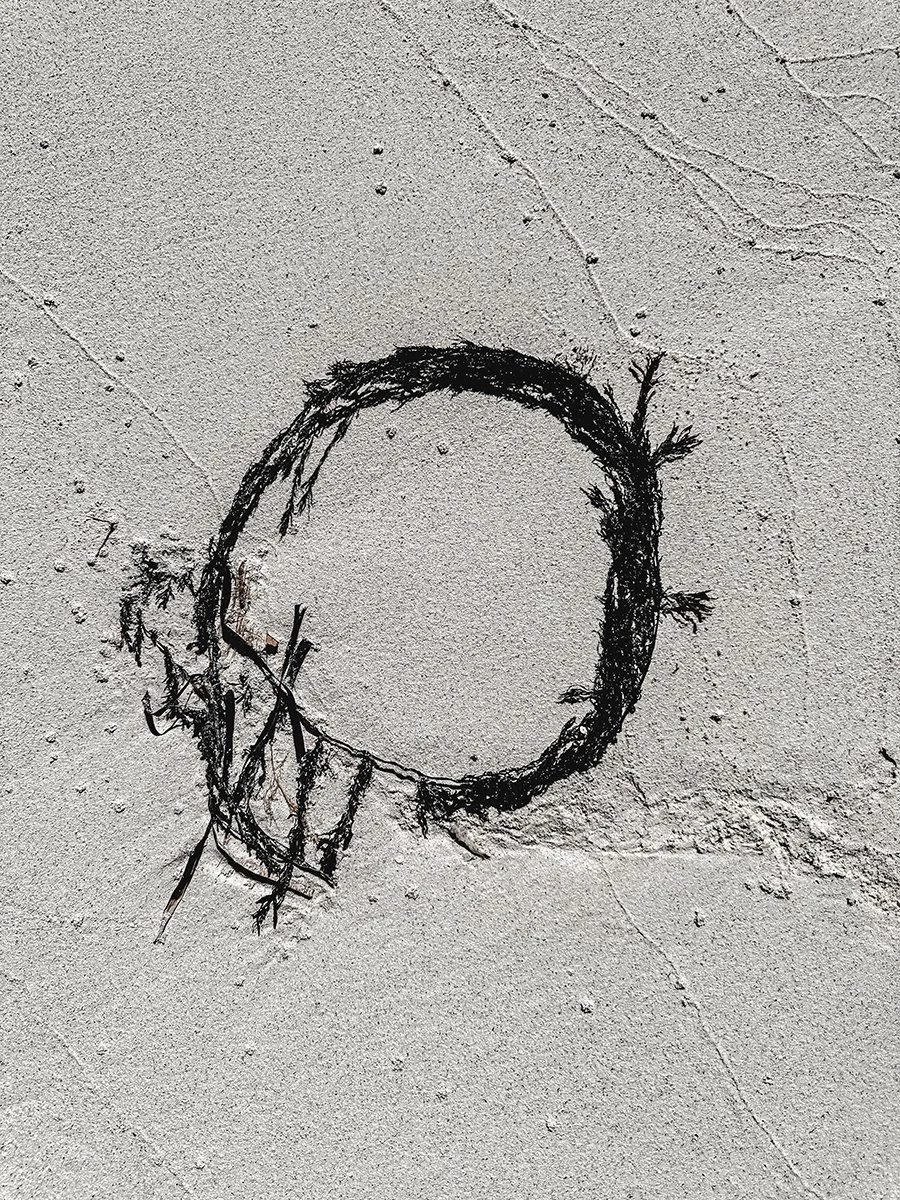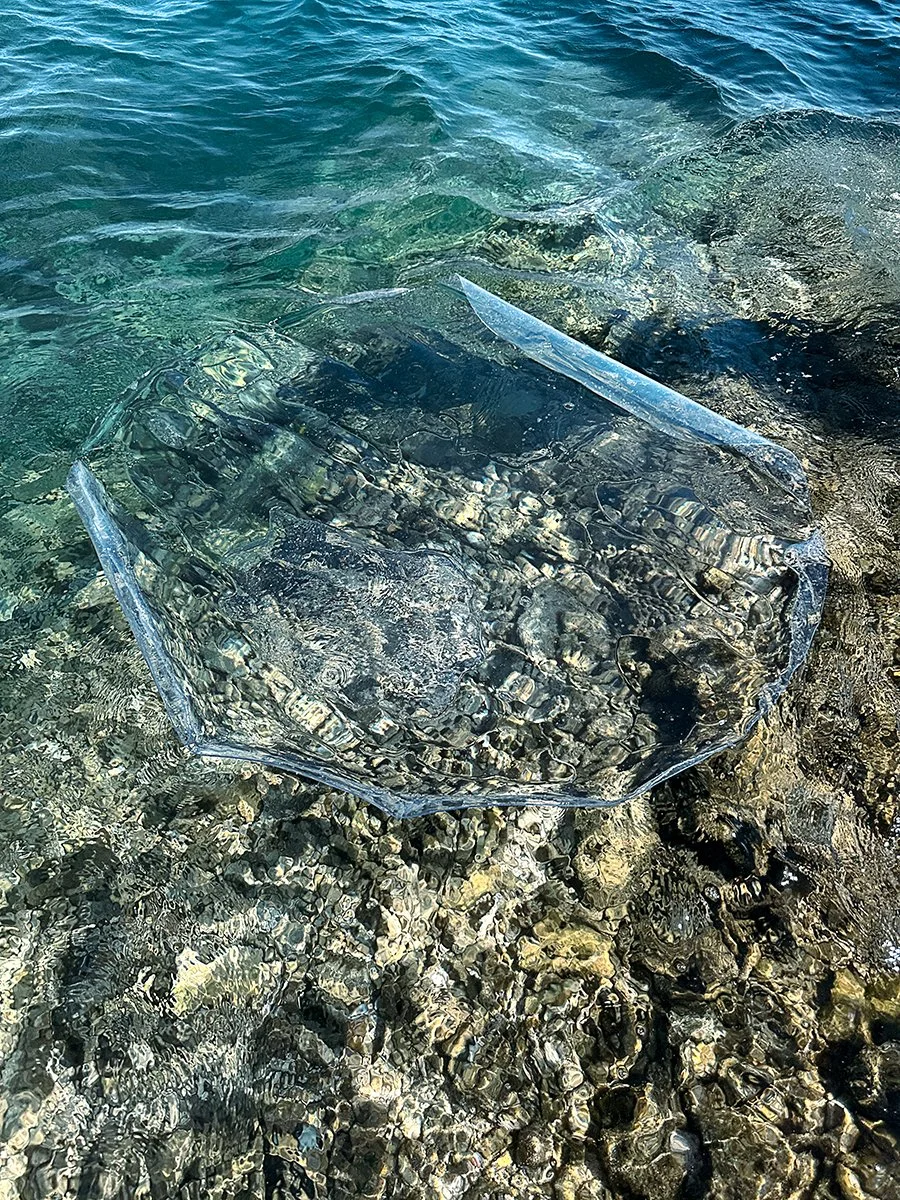Circle Culture is an original conceptual framework or lens developed by Caroline Christie-Coxon over two decades of interdisciplinary practice. Rooted in circularity, process, and fluidity, it explores humanity’s evolving relationship with Nature and proposes a symbolic language of interconnectedness across cultures, ecosystems, and states of consciousness.
Anchored by Christie-Coxon’s signature Fluid Loop motif, Circle Culture offers both a philosophical and artistic lens that challenges linear, dualistic worldviews, advocating instead for relationality, reciprocity, and continuous transformation. The past feeds into the present to shape the future — embodying the ongoing evolution of humanity.
Christie-Coxon’s eco-aesthetic engages with urgent contemporary dialogues on climate, sustainability, and environmental justice. Where earlier abstraction turned inward to explore emotional or psychological states, her work extends outward — toward a shared, planetary consciousness.
Positioned at the intersection of art, ecology, and global consciousness, Circle Culture informs the artist’s wide-ranging practice, from soft paintings and site-responsive interventions to writing and environmental works, contributing to contemporary thinking on sustainability, non-hierarchical perspectives, and cultural evolution.
In practice, Christie-Coxon pushes the boundaries of art itself. Her Soft Paintings (2024) — liberated from the wall and allowed to move, fold, and transform — challenge conventional ideas of painting as static object, mirroring the principles of fluidity, change, and adaptability central to Circle Culture.
As both concept and practice, Circle Culture positions art as a living agent of change: reshaping not only how we create, but how we see, think, and evolve together on a transforming Earth.
“My vision of Circle Culture is about oneness, inclusivity, interconnection, and evolution. It’s about a remembering of holistic and ancient cultural philosophies to create an evolving global consciousness that unites our planet and humanity in a contemporary context.”


